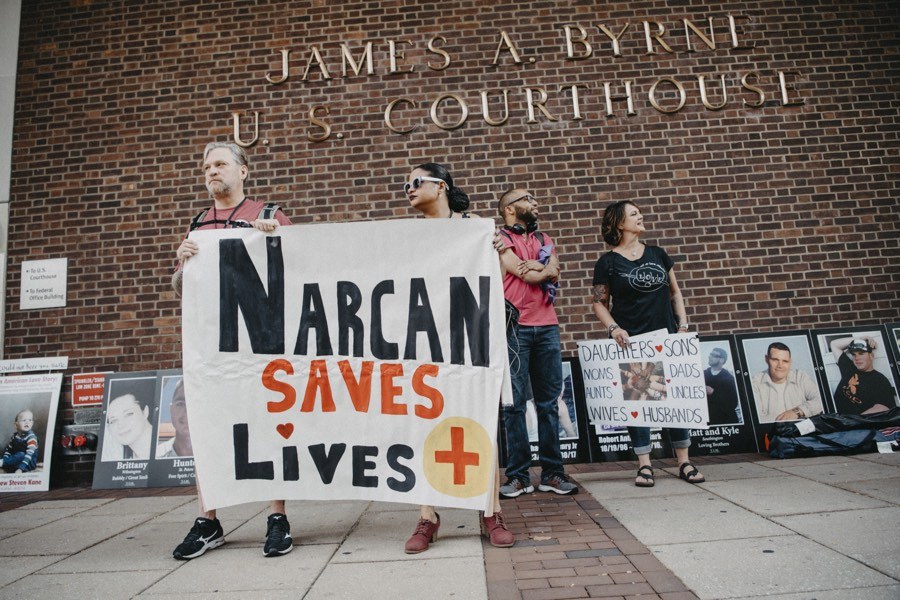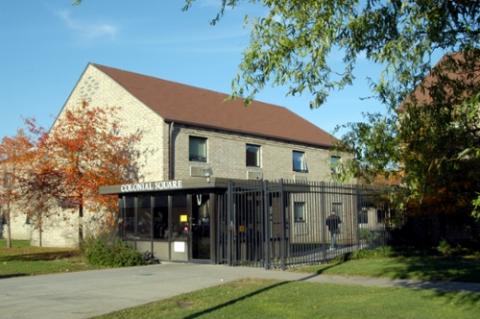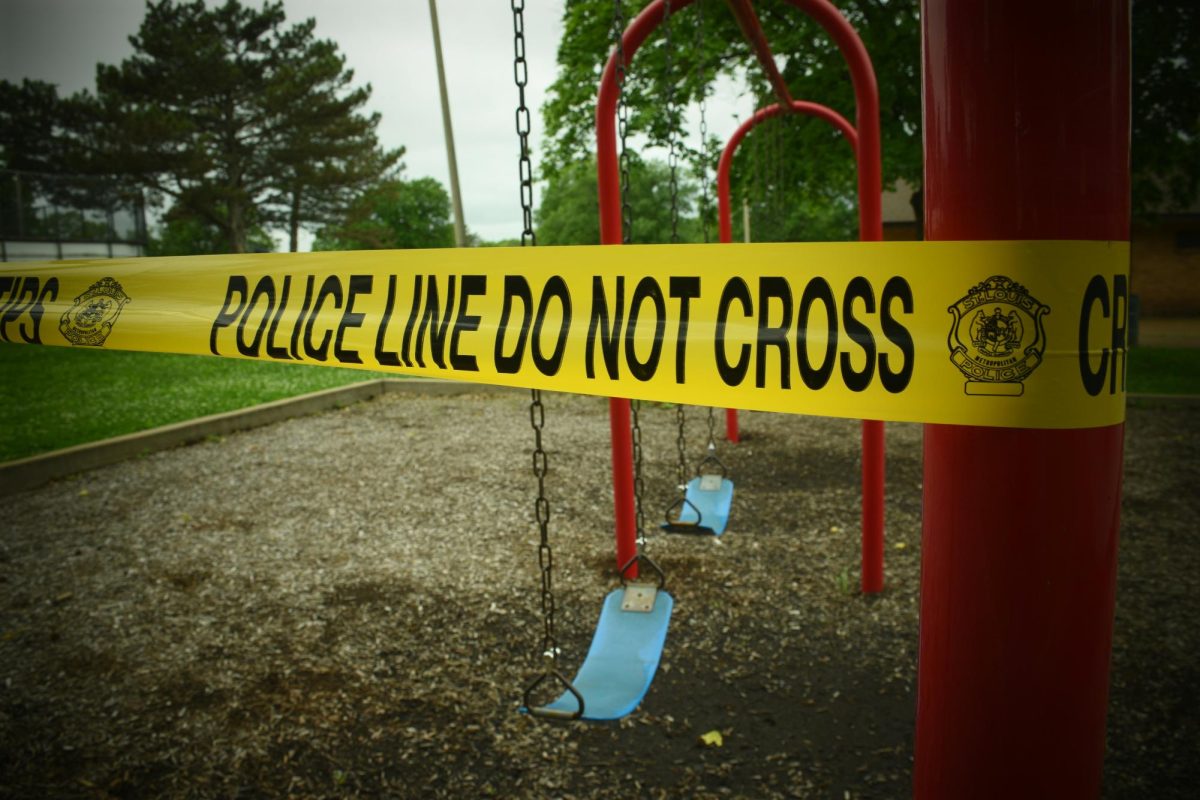Image credit to Holden Blanco
Many people from my home state of Pennsylvania crack jokes about Philly’s gritty streets or coarse accents, and granted, they are somewhat funny, but Philly continues to be one of my favorite cities. From the Liberty Bell to Philly cheesesteaks, there’s an unparalleled personality of Philadelphia. There is also, however, the overhang of hypodermic needles and homelessness that haunts every street corner. Philadelphia has been ravaged by the opioid crisis and the heroin epidemic. Through supervised injection sites, Pennsylvanians can take a step in the right direction toward cleaning our streets from addiction.
Supervised injection sites have been implemented in Canada and Europe since the ‘90s, and studies have shown that they reduce overall drug consumption. According to the College of Canadian Family Physicians, when Vancouver implemented a supervised injection site, the city reported eight fewer overdose deaths per 100,000 person-years, 67% less ambulance calls and lower HIV infection rates. As usual, the United States is lagging behind.
Recently, Safehouse, a group which has its location in the neighborhood of Kensington, has taken the first strides in implementing supervised injection sites. Supervised injection sites are places where people can bring previously acquired illegal drugs to use them in medically safe conditions and, most importantly, medical professionals can monitor individuals for overdose – sadly there’s a great need for that type of medical care.
According to the Philadelphia Department of Health, more than 600 people died from drug overdoses in 2014, with approximately 80% of those drug overdoses being opioid related. Officials have claimed that this influx has to do with the contamination of fentanyl in traditional drugs like crack cocaine and heroin, leading to a higher potency and more potential overdoses, as indicated in an article by the Philadelphia Inquirer.
This is where supervised injection sites come in. Medical professionals can observe users and ensure that in the event of an overdose, patients can receive care as soon as possible. Supervised injection sites also provide safe needles and consumption tools, which would greatly control the high HIV rates among patients in the Philadelphia area. According to Prevention Point, 24% of men and 17% of women reported that they contracted HIV through contaminated needles. If this trend continues, there could be a recurrence of the HIV epidemic of the 1980s.
Patients in supervised injection sites are also given resources of both mental and medical assistance, which help with the congruent skyrocketing rates of depression and poor mental health among drug users. According to Safehouse, patients are registered and assessed on their mental and physical health before being provided with drug-related services.
Within the past few weeks, supervised injection sites, like those proposed by Safehouse, have been challenged in the courts for violating the Controlled Substances Act under statute 21, otherwise known as the “crack house statute,” which prohibits the facilitation of drug use.
The District Court of Eastern Pennsylvania, however, ruled that Safehouse’s intent is not to increase or facilitate drug use, but to combat drug use overall, regardless of their methods. Judge Gerald McHugh stated in his ruling, “I find that the purpose at issue under § 856 must be a significant purpose to facilitate drug use, and that allowance of some drug use as one component of an effort to combat drug use will not suffice to establish a violation of § 856(a)(2). The ultimate goal of Safehouse’s proposed operation is to reduce drug use, not facilitate it, and accordingly, § 856(a) does not prohibit Safehouse’s proposed conduct.”
This provides the legal framework for cities around the country, like Denver and San Francisco, that have been trying to achieve legal authority to build supervised injection sites. Philadelphia is the City of Brotherly Love, and the biggest city in my home: the Commonwealth of Pennsylvania. I hope that we can continue to be pioneers in the fight against addiction, and once again hold the nation together as the Keystone State.








timmccloskey4000@gmail.com • Nov 8, 2019 at 3:48 am
"According to the Philadelphia Department of Health, more than 4,700 people died from drug overdoses in 2014…"
Where did you get this absurd figure? From the Philadelphia Mayor’s task force web site: "Overdose deaths increased 53% from 2013 through 2015, from approximately 460 to approximately 700." That’s nowhere near 4,700 people in one year.
https://dbhids.org/opioid/factsresources/